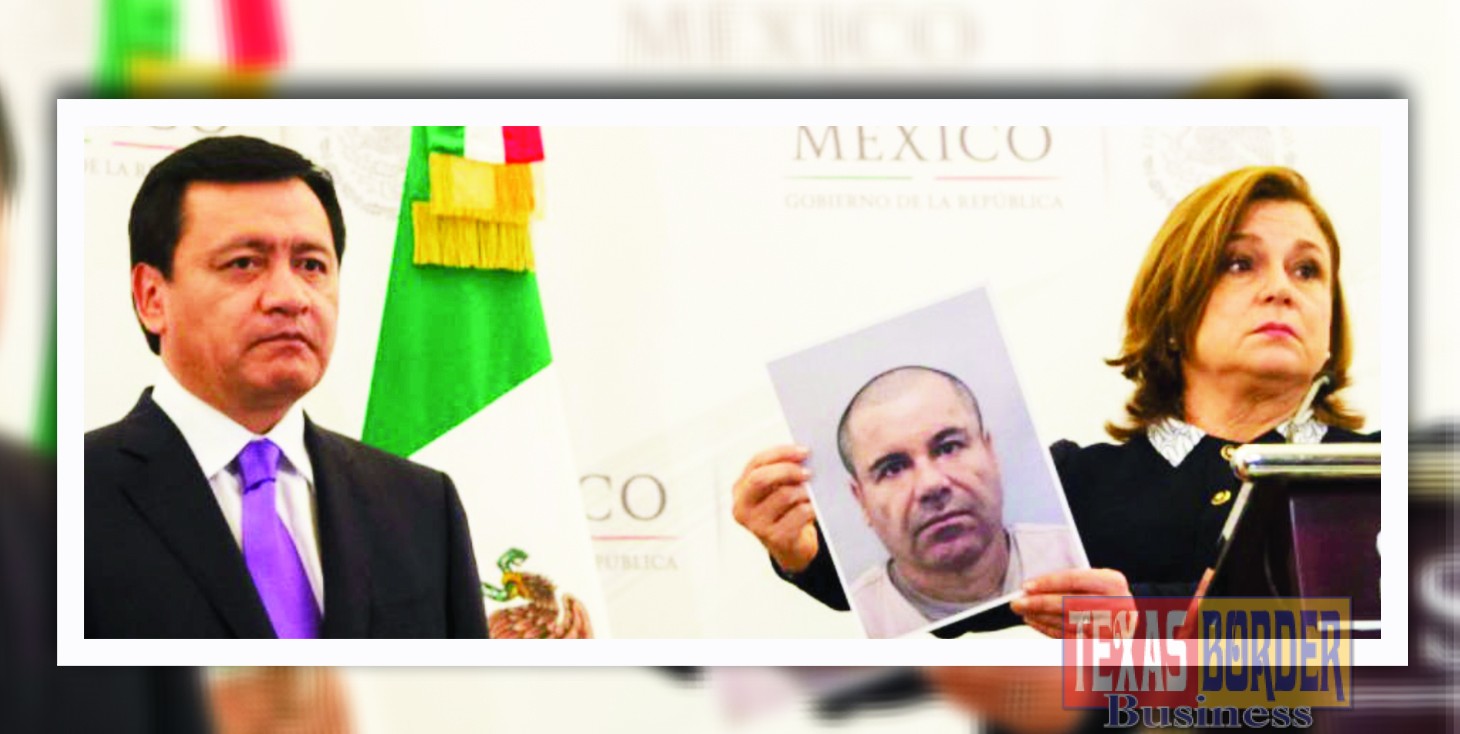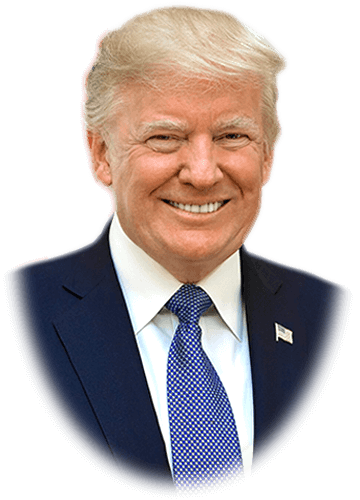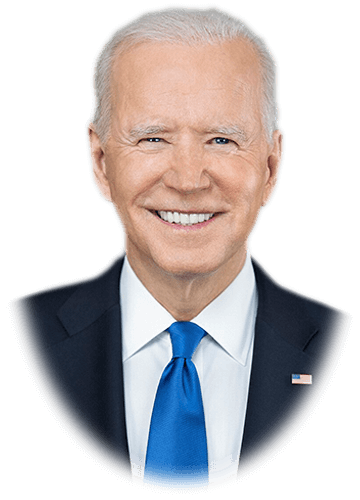
U. S. A. Congressional Report
Texas Border Business –
The escape of Joaquín “El Chapo” Guzmán from a maximum security federal prison near Mexico City in July 2015 underscored the extent to which corruption is entrenched in Mexico’s criminal justice system.
Mexican marines reportedly came close to recapturing Guzmán in the northwestern Sierra Madre mountains in October 2015, and, following a vigorous intelligence-guided effort, Mexican marines recaptured Guzmán in Los Mochis, Sinaloa, on January 8, 2016.
One key concern for U.S. policymakers is whether the Mexican government will be able to hold Guzmán securely in the same prison from which he escaped and then extradite him swiftly to the United States—a source of tension in U.S.-Mexican relations. Another is whether Guzmán’s recapture, which was supported by U.S. intelligence, will lead to closer security cooperation moving forward.
The Sinaloa Drug Trafficking Organization (DTO)
“El Chapo” Guzmán led the Sinaloa DTO as it became the dominant criminal syndicate in Mexico over the past two decades through co-optation of high-level Mexican officials and violent turf battles with rival groups that caused tens of thousands of deaths.
Known as an innovator, Guzmán embraced novel drug trafficking techniques, such as tunnels, catapults, submarines, and semi-submersibles, to move narcotics from South America or produced in Mexico to the United States.
He reportedly ordered the construction of some 170 tunnels to smuggle drugs across the U.S.-Mexico border or to evade authorities. His notoriety grew after his first escape from prison in 2001 and again following his escape in July 2015 via a one-mile underground tunnel that he claims was built by engineers that had been trained in Germany.
The Sinaloa DTO now controls roughly 40% to 60% of Mexico’s drug trade, according to several estimates. It is known for trafficking cocaine, but moves all types of illicit drugs, including heroin, methamphetamine, and marijuana, to cities throughout the United States. It has profited from the rising demand in the United States for heroin, which is popular as a cheaper substitute for prescription opioids.
Mexican heroin is produced in the tri-state area known as the “Golden Triangle” (Sinaloa, Durango, and Chihuahua), which has been controlled by the Sinaloa DTO. Although there is not precise data available about the quantities of heroin now being moved by Sinaloa traffickers, an estimated 42 metric tons of heroin were produced in Mexico in 2014, a more than 60% increase compared to 2013, according to the White House Office of National Drug Control Policy.
Kingpin Strategy
Mexican President Enrique Peña Nieto of the nationalistic Institutional Revolutionary Party (PRI) took office in December 2012 vowing to reduce violence in Mexico and adjust the current U.S.-Mexican security strategy to focus on violence prevention. While Mexico’s public relations approach to security issues changed, most analysts assert that Peña Nieto has maintained an operational approach similar to that of former president Felipe Calderón (2006-2012). That approach, commonly referred to as the “kingpin” strategy, has focused on taking out the top and mid-level leadership of Mexico’s DTOs. The February 2014 capture of “El Chapo” Guzmán proved to be a high point for this government; his subsequent escape served as perhaps one of its lowest points.
According to the Mexican government, 98 of the 122 top criminal targets have been arrested or killed during law enforcement operations as of January 2016. Few have been successfully prosecuted, however, and the pace of arrests slowed significantly in 2015. The strategy has been criticized forfueling violent turf battles in which mid-level leaders have vied for power and for causing smaller crime groups to emerge across Mexico, perhaps as many as 60 to 200, many of which prey upon local populations through extortion, kidnapping, and other crimes (see CRS Report R41576, Mexico: Organized Crime and Drug Trafficking Organizations).
Potential Extradition?
U.S. policymakers are hoping that Guzmán’s latest escape has changed the Peña Nieto government’s initial position that he and other kingpins be tried in Mexico. Under the Calderón government, extraditions averaged more than 100 a year. When President Peña Nieto took office, extraditions fell to 54 in 2013 and 66 in 2014. While Mexico resisted pressure to extradite Guzmán to the United States (where he faces multiple charges) following his capture in 2014, the Mexican government has demonstrated more willingness to approve U.S. extradition requests in recent months. Mexico extradited 13 top drug traffickers to the United States in September 2015 and quickly initiated procedures to extradite Guzmán following his January 8 capture. The process could reportedly take from several months to a year or more, however, due to injunctions and other delaying tactics that are likely to be used by Guzmán’s defense attorneys.
U.S.-Mexican Security Cooperation
Experts are weighing in about the potential impact of Guzmán’s escape and recapture on U.S.-Mexican relations. In addition to cooperation on extraditions, bilateral efforts to improve security and the rule of law in Mexico increased as a result of the Mérida Initiative, a partnership developed by the George W. Bush and Calderón governments for which the U.S. Congress provided nearly $2.5 billion from FY2008 to FY2015. Upon taking office, President Peña Nieto sought to scale back U.S. involvement in some law enforcement and intelligence-gathering operations and to re-evaluate the Mérida Initiative.
He prioritized economic reforms over security programs. By 2014, it became clear that Peña Nieto’s economic agenda could not be successful without addressing Mexico’s rule-of-law challenges. Since then, the Peña Nieto government has agreed to more than 100 Mérida Initiative projects worth $600 million.
“El Chapo” Guzmán’s escape and the international criticism that President Peña Nieto has received for his handling of several high-profile cases of human rights abuses allegedly involving security officials has increased pressure on his government to strengthen the country’s criminal justice institutions. For these reasons, some analysts predict that bilateral security cooperation may advance further during the remaining years of the Peña Nieto government than was originally predicted.
Strong cooperation is already occurring on efforts to secure Mexico’s southern border and to develop a bilateral plan to combat heroin production and trafficking. Congress is likely to monitor how Mérida Initiative funding can best be used to help Mexico root out the type of corruption in the prison (and broader criminal justice) system that facilitated Guzman’s escape. For more information, see CRS Report R41349,U.S.-Mexican Security Cooperation: The Mérida Initiative and Beyond.
For this report, June S. Beittel, Analyst in Latin American Affairs (jbeittel@crs.loc.gov, 7-7613)
And Clare Ribando Seelke, Specialist in Latin American Affairs (cseelke@crs.loc.gov, 7-5229) TBB















